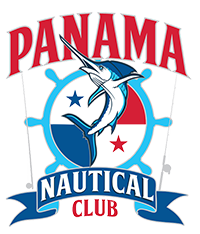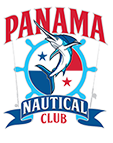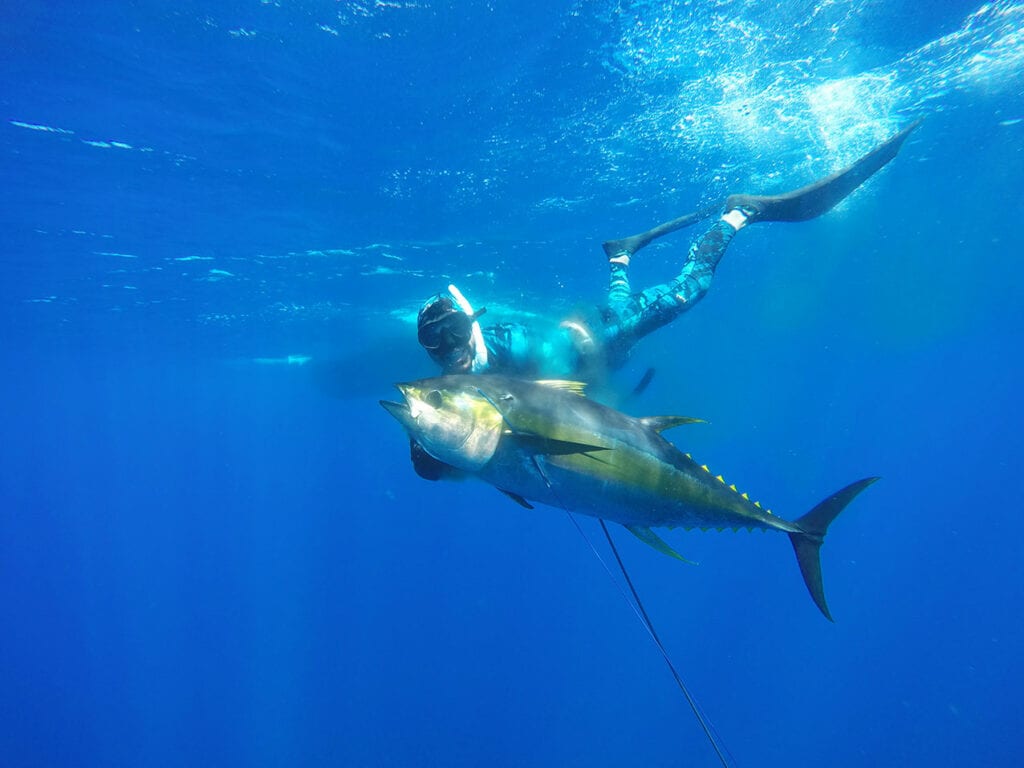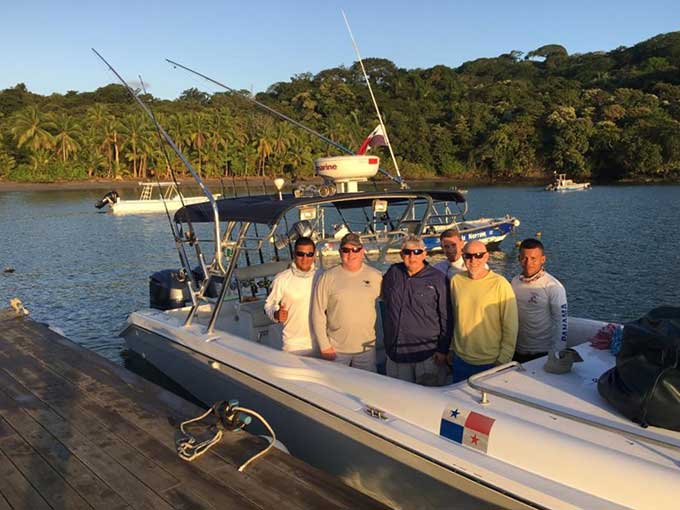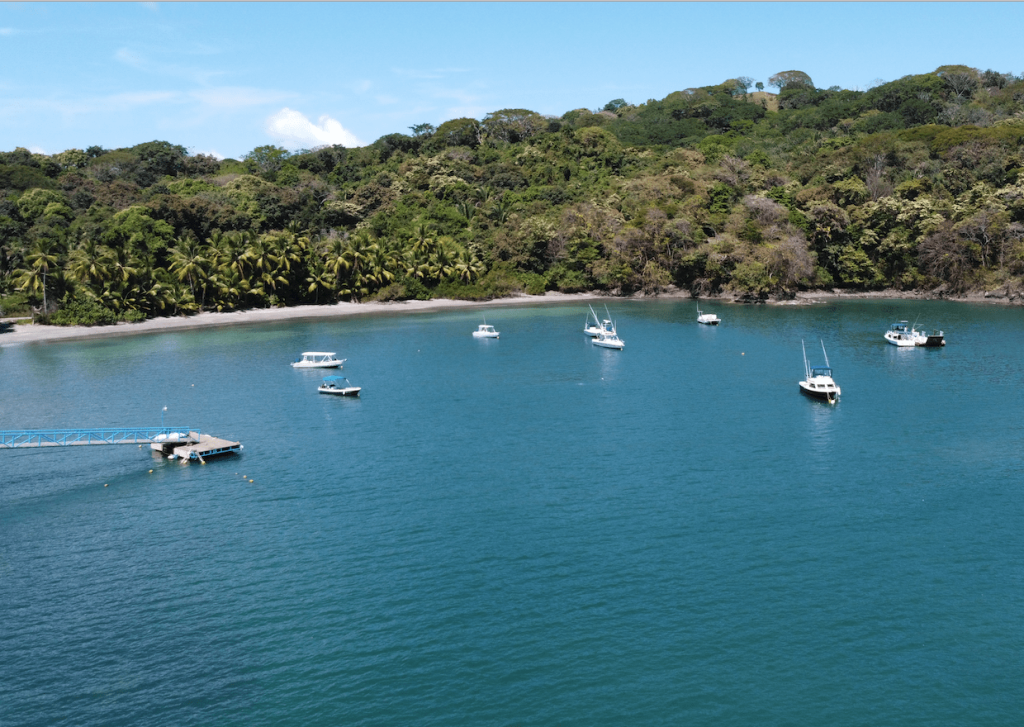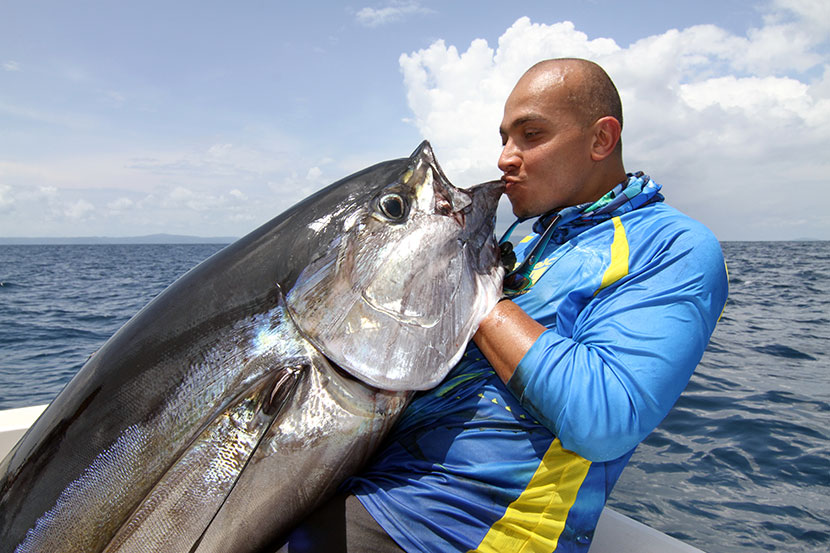Fishing is an amazing sport. It combines physical activity with the outdoors and spending time with family and friends. What more could anyone ask for, than a day out on the boat with some buddies? In some parts of the world, fishing is still a necessary survival skill that people rely on to eat. In other parts though, fishing is a leisure activity. That doesn’t make it any less challenging. If you’ve never been on a charter, there is an important distinction to know before booking your next fishing trip. Deciding between an inshore or an offshore fishing trip can be difficult, as both can offer very different experiences depending on where you are going. Inshore vs offshore fishing: What’s the difference?
Inshore or nearshore fishing
- Distance from shore: fishing that takes place along the coast, anywhere channels, bays, backwater estuaries to just beyond the beaches. Generally, the distance is within 15 miles from the shore. The waters should still be “green-colored” with the maximum depth when being 30 metres, before the water takes on a deeper blue color.
- Type of boat: Sometimes referred to as Bay Boats, they are under 22 feet long and are usually uncovered. You can also go inshore fishing on a kayak or canoe due to the proximity to shore and calmer waters.
- Technology: less reliant on graphs for locating fish.
- Equipment: A lot less equipment for inshore fishing. You can count on casting more often but using lighter tackle with either live or dead bait.
- Species: snook, tarpon, bonefish, roosterfish, speckled trout, spanish mackerel..
- Length of trip: typically 2-4 hours, but can be a full-day trip if you’re having a great time!
- Important to know: Inshore fish typically are there year-round, and you know what to expect on the fishing grounds pretty much all the time.
Offshing or deep-sea Fishing
- Distance from shore: Offshore or deep-sea fishing is usually done 20-30 miles from shore, sometimes even further. The waters that far out are thousands of feet deep, hence the name. The journey to offshore fishing grounds can usually take between 1-2 hours.
- Type of boat: Larger than inshore boats so that they can take on rougher open seas. They are usually in excess of 22 feet long. They typically have more amenities as you are spending more time on the boat. Some boats have toilets, a sleeping quarter, fridges..
- Technology: Radars, XM Satellite Radio & Weather and Chirp Sonar.
- Equipment: Heavy tackle and trolling equipment. As the fish you can catch are generally faster, stronger and put up more of a fight when hooked, offshore fishing requires much heavier-duty equipment vs inshore fishing. You may also want to consider bringing a pair of pliers to cut the bait off the fish after catching. Many offshore boats have rod holders and storage, live bait well, a fighting chair, and also container to store the fish which will keep it fresh while heading home.
- Species: big game fish such as black or blue marlin, sailfish, tuna, mahi mahi, sharks..
- Length of trip: at least 6 hours and can be multiple days on the water if the boat is equipped with a sleeping quarter and head.
- Important to know: Offshore fishing is dependent on the weather and seasons. They dictate what kind of fish you will have a chance to catch. Big-game fish are migratory and they follow the baitfish, so they are in certain areas for certain periods of time.
Offshore and Inshore PANAMA Fishing Trip
Come join us in Panama for a once-in-a-lifetime fishing adventure. You can find out for yourself the difference between inshore vs offshore fishing. At our lodge, Panama Nautical Club, we have access to exceptional year-round inshore fishing and we are also within close proximity to the famous offshore fishing spot Hannibal Banks. It is possible within a 3 day trip, to land yourself a marlin, snapper, tuna, mahi mahi, roosterfish and more! Check out our fishing packages.
